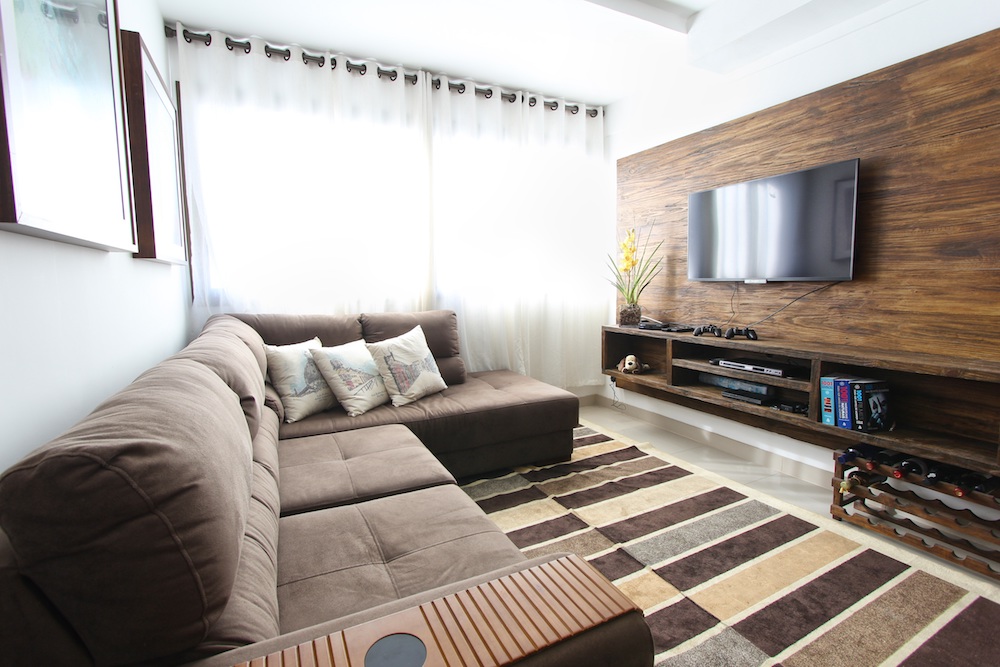Today, there are condominiums and townhomes popping up all over. These same folks who own condos or townhomes are the same people who are most likely to have major gaps in their insurance when it comes to property and liability coverage. Let’s continue the conversation about a solid HO 6 policy from last week.
 Some states have passed laws limiting how much of a condominium unit interior a unit owner can be held responsible for. Note this though: Some older townhouse associations are exempt from the law, so make sure the association is covered by the law before relaying on its requirements. Let’s look at some examples of why you need an expanded HO 6 policy. Three examples, assuming 100 units in the association, follow.
Some states have passed laws limiting how much of a condominium unit interior a unit owner can be held responsible for. Note this though: Some older townhouse associations are exempt from the law, so make sure the association is covered by the law before relaying on its requirements. Let’s look at some examples of why you need an expanded HO 6 policy. Three examples, assuming 100 units in the association, follow.
- The complex, insured for $5 million, is destroyed by a tornado and costs $8 million to rebuild. The $3 million shortfall would be assessed to the 100 unit owners—that is, $30,000 each.
- A drowning occurs at the complex swimming pool. A lawsuit ensues, resulting in a $4 million judgment. The association carries $2 million of liability coverage, resulting in each unit owner being assessed $20,000.
- Heavy rains lead to a massive sewer backup in the complex. Cleanup costs and repair costs total $75,000. The association board did not purchase sewer backup coverage, leading to an assessment of $750 to each of the unit owners.
Under the basic HO 6 policy, with $1,000 loss assessment and named perils coverage, our hypothetical unit owner will be personally out of pocket for $29,000 from the tornado assessment, $19,000 from the lawsuit assessment, and $750 from the sewer backup assessment (not a covered "named peril"). Because additional loss assessment coverage is so inexpensive, I recommend always including at least $25,000–$50,000 additional limits with each HO 6. If the unit is in an area exposed to the risk of earthquake, and earthquake coverage is added to the HO-6 policy, most increased loss assessment endorsements will not include earthquake automatically. The best strategy to avoid this risk is for the unit owner to strongly lobby the association board to purchase earthquake coverage on all of the structures and buy "earthquake loss assessment" coverage. Here are 10 Steps You Should Have for HO 6 Proper Coverage:
- Request a copy of the association "Declaration" document. Make a list of building items not covered by the master policy. Be sure that the requirements are permitted by your particular state law.
- Have your client estimate the replacement cost of each of the structural items that are his or her responsibility. Total the values including labor costs. Add 20% for estimating errors. That total should be the limit for Coverage A building coverage on your HO 6 policy.
- Add "special perils" coverage to Coverage A, changing perils covered from "named perils" to "all risk" unless excluded.
- Add special perils contents coverage (e.g., roof leaks, paint spills, etc.).
- Increase the loss assessment coverage limits to $50,000.
- Buy deductible assessment coverage. Find out the current master policy deductible as well as the maximum deductible authorized in the declaration. Choose the higher (so that your client is protected when the association decides to raise the deductible to the next level).
- Add sewer backup coverage to provide coverage for the direct damage to the unit or contents from sewer backup and sump pump failure and to broaden loss assessment coverage to include assessments for sewer backup.
- Assess the need for flood or earthquake coverage. If there is an exposure to earthquake, remember to add earthquake loss assessment coverage, which normally is not included in general assessment coverage. If there is a flood exposure, buy flood insurance for an amount high enough to cover your interior structural insurance obligations.
- Buy adequate and consistent liability coverage (i.e., $500,000) in limits equal to your client's other personal liability coverages or in limits high enough to satisfy the umbrella underlying insurance requirements.
- Buy an umbrella policy. Be sure it includes coverage for association volunteer activities including nonprofit directors and officers (D&O) liability coverage in case your client ever serves on the board.
Keeping you protected, Rick All Access Insurance in Littleton, CO, who represents multiple insurance companies as a “Broker” and provides products for auto, home, commercial, workers compensation, and much more! Call us today for a free quote at (303) 932-1700
 By
By